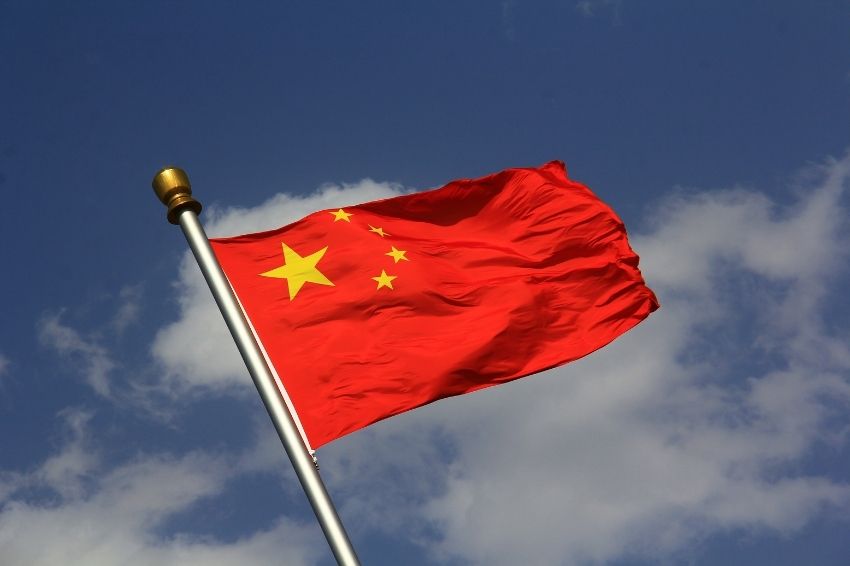According to China's Ministry of Finance, subsidies for renewable energy projects in China will increase by almost 5% in 2021.
In a note, it was informed that contributions will total RMB 5.95 billion (US$ 900 million), in 14 provinces, including autonomous regions and municipalities, such as Shanxi, Inner Mongolia, Jilin, Zhejiang, Hunan, Guangxi, Chongqing and Xinjiang.
Inner Mongolia will receive the significant majority of the funding: RMB 5.1 billion (US$ 775 million).
According to the government, the grants will be distributed to different categories of energy generation, with photovoltaic sources receiving the largest share (RMB 3.384 billion – around US$ 500 million).
Elimination of FITs
As reported by Canal Solar in July, the Chinese government said it planned to eliminate FITs (Feed-In-Tariff) and subsidies for solar energy from 2021. The announcement was made by Ru Jialin, researcher at the Public Affairs Department of CPIA (China Photovoltaic Industry Association), during the launch of the Solar Power Europe Global Market Outlook 2020-2024 report.
Photovoltaic market specialist Márcio Takata, director of Greener, said that the elimination of FIT incentives in China could have repercussions on the solar sector in Brazil when it comes to solar modules.
According to Takata, if the plan actually came to fruition, the country would have less demand for purchasing modules, which would contribute to maintaining or reducing their global prices.
At the time, Daniel Pansarella, sales manager at Trina Solar in Brazil, had said that the Chinese government always considers eliminating FITs, “but then they launch other models of subsidy packages”.
Source: PV Tech
















